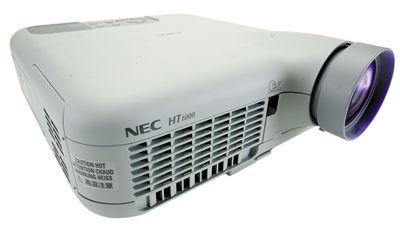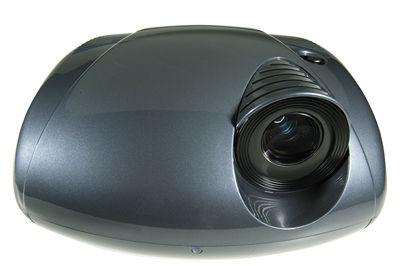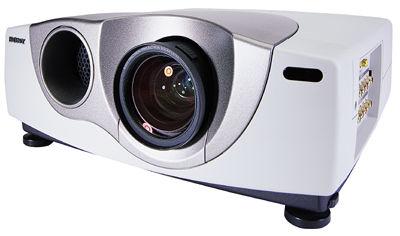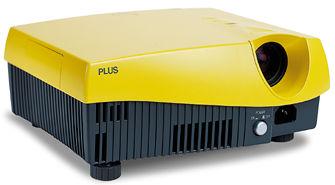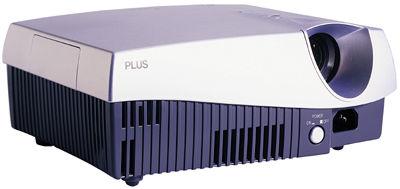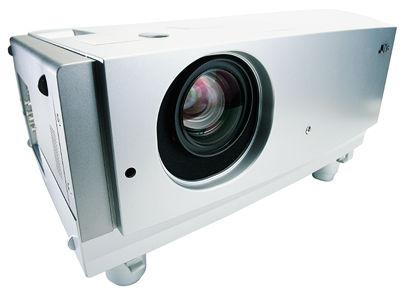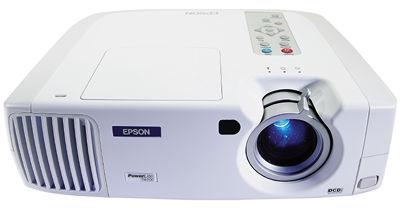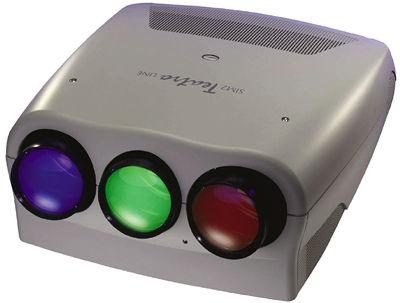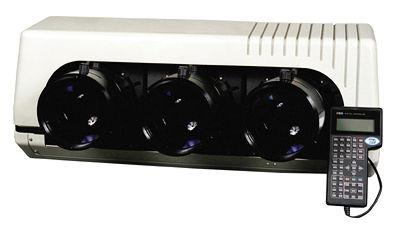Projector Reviews
Sort By: Post Date TitlePublish Date
|
Sep 09, 2003 |
First Published: Aug 01, 2003
|
Jul 14, 2003 |
First Published: Jul 15, 2003
|
Feb 11, 2003 |
First Published: Feb 12, 2003
|
Oct 05, 2002 |
First Published: Oct 06, 2002
|
Sep 30, 2002


